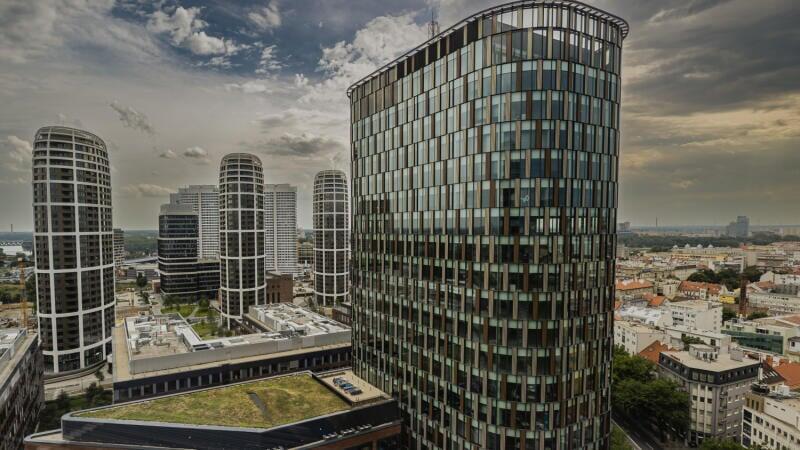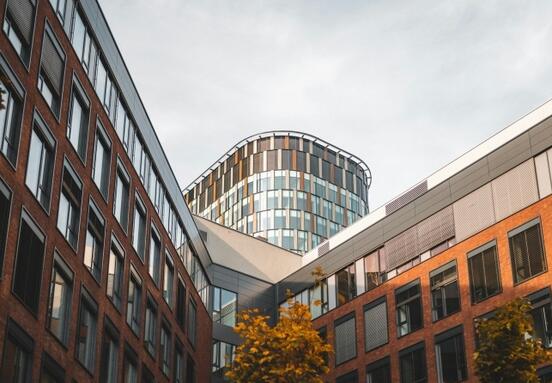Slovak Fiscal Consolidation: A New Era for Commercial Real Estate
The Slovak government has introduced a new fiscal consolidation package, encompassing increased taxes, levies, and austerity measures. While primarily aimed at reducing the public finance deficit, these changes will inevitably ripple through the economy, influencing businesses and the commercial real estate sector. Experts from the National Bank of Slovakia anticipate a slowdown in economic growth to 0.5 percent of GDP, a shift that will affect investor and household behavior, and by extension, the demand and supply for commercial properties.
Increased Supply and Asset Optimization
Richard Churý, CEO of UPgreat real estate network, predicts that the consequences of consolidation will quickly transfer to the real estate market. Businesses may find owners, particularly those with multiple properties or underutilized assets, more inclined to optimize their portfolios. This could lead to a greater supply of office and warehouse spaces as owners seek to free up capital for business operations, manage higher costs, or reallocate investments.
This drive for optimization extends to those needing immediate liquidity. Businesses facing increased operational costs due to higher taxes and levies might divest non-core assets or properties to secure necessary cash flow. This trend suggests a potential increase in commercial listings, offering more choices for businesses looking to rent or expand.
Demand Dynamics and Price Stability
Despite the anticipated economic slowdown, the overall demand for commercial space is expected to remain relatively robust. Favorable interest rates and increased competition among banks are making financing more accessible, potentially offsetting some of the demand reduction caused by diminished disposable income for businesses. While record price growth may cease, a significant decline in interest is not widely predicted.
The market is poised for stabilization, characterized by a higher volume of transactions. Significant increases in available commercial properties are expected to emerge over the next two years. Early indicators, such as an 8 percent rise in active listings in Bratislava, suggest this shift is already underway, particularly for larger office spaces.
Quality, Location, and Negotiation Power
For businesses, the quality and location of commercial properties will be paramount. Modern, energy-efficient offices and warehouses in strong, accessible locations are expected to maintain their value and appeal. Conversely, older properties in peripheral areas lacking infrastructure or requiring significant energy investments may become harder to rent, potentially leading to more flexible terms.
The changing market dynamics mean increased negotiating power for tenants, especially outside prime locations. Businesses seeking large, more costly, or longer-listed properties, or those in less attractive addresses, may find more room for concessions. While premium office buildings and logistics hubs in top locations might see only symbolic negotiation, the broader market offers a rare opportunity for tenants to secure quality commercial space on more favorable terms.
Strategic Outlook for Businesses
Over the next two years, the Slovak commercial real estate market will be in a phase of rebalancing, with an emphasis on efficiency, cost-effectiveness, and quality. Banks are likely to maintain competitive interest rates to support lending volumes, which will help cushion any significant drops in rental prices.
Businesses should strategically focus on segments offering long-term stability: modern, energy-efficient premises, and well-connected urban projects for offices, or strategically located logistics parks for warehouses. The fiscal consolidation, while presenting short-term economic headwinds, could paradoxically lead to a healthier and more balanced commercial real estate market, offering businesses a valuable opportunity to secure optimal rental solutions at more reasonable costs.
Source: reality.trend.sk







